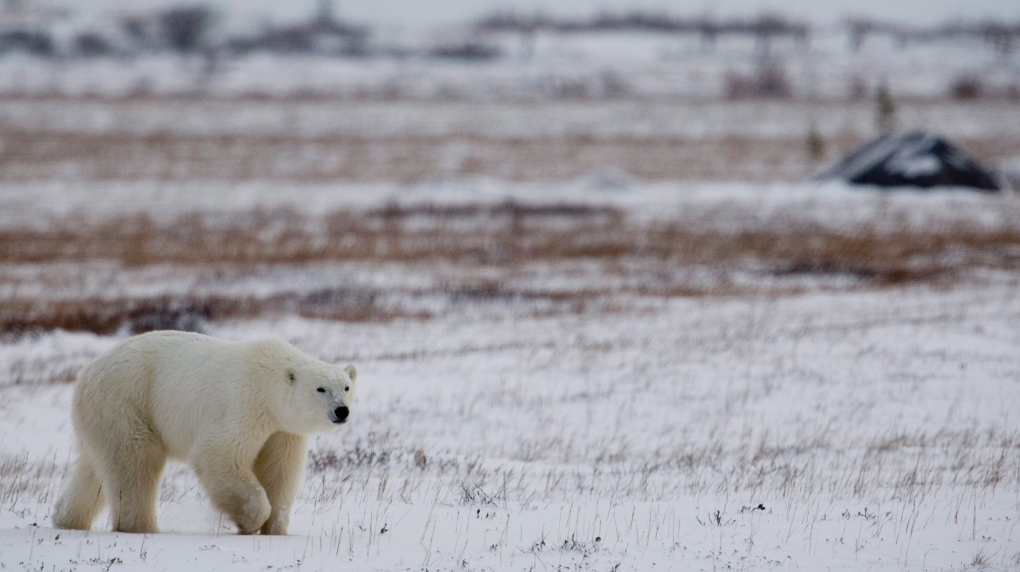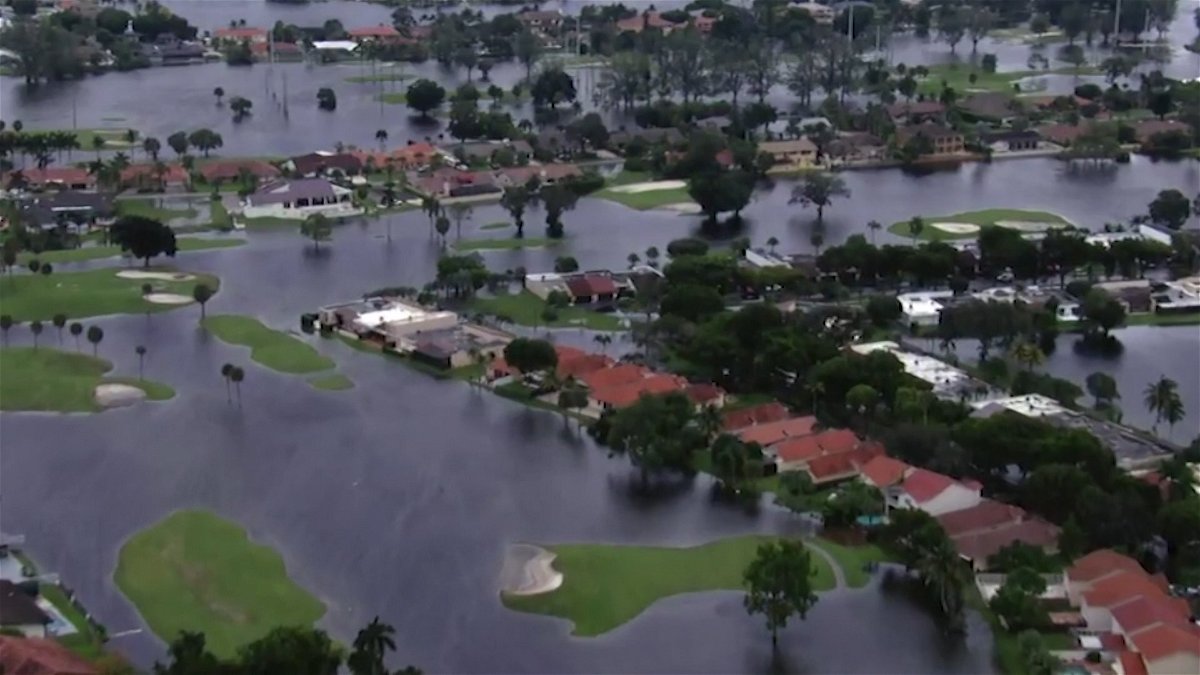Climate change and human impacts on land are driving an increasing number of encounters between humans and polar bears around the Arctic, new research finds.
“What we’ve seen is an increase in intensity (of encounters) and increased occurrences in places where polar bears don’t normally occur,” said Polar Bears International researcher Geoff York and co. -author of a new article published in Oryx. , a review of Cambridge University Press.
Although no agency keeps an official tally, York said conversations with frontline officials in all countries where polar bears live suggest clashes with people are increasing, especially around growing communities and their dumps.
“Polar bears will travel a long distance if they can smell food,” York said. “If they can find a reliable source of calories, they will take extraordinary steps to get back.”
Open dumps are common in the North.
Arviat, a community in Nunavut along the west coast of Hudson Bay, has an open dump and a population that has grown 12% since 2016. A 2014 survey found that the number of bears polar bears using the landfill have been increasing every year since record keeping began in the 1960s – even as the local bear population declines.
Northern Ontario communities are also starting to see bears coming inland, especially around landfills.
Climate change also plays a role.
Diminishing sea ice cover deprives bears of the platform they need to hunt seals, forcing them to stay on land and seek other ways to feed, such as landfills. In addition, climate change has, to some extent, opened up the Arctic to humans.
“It’s a classic case of more bears staying down for longer periods of time at the same time that we see more human activity around the Arctic for the same reason,” York said. “We are seeing a combination of these two facts – more polar bears on the shore, some of which might not be in the best condition, and more people.”
In 2019, two Russian Arctic communities — both with nearby open dumps — saw dozens of bears hanging around for weeks.
Ryrkaypiy saw around 60 bears, young and old, most of them in poor condition. At Belushya Guba, 52 bears haunted the landfill and attempted to enter homes and public buildings – an unprecedented number believed to have been prompted by a long period of starvation on land following the loss of sea ice.
Eating from the dump is also not good for bears, York said. These sites are full of everything from plastics to chemicals to dirty diapers.
But if there is food, the bears don’t care.
“Their senses say, ‘Hey, that’s great. “
Some communities have bear-proofed their landfills. Churchill, Manitoba has fenced off its landfill and is immediately burying the type of household waste that could be an attractant.
Bears are no longer a problem, said Susan Maxson, a waste consultant who worked at the Churchill landfill.
“We haven’t seen tracks around the landfill in years,” she said.
It’s not cheap, however. Churchill, with a population of around 900, spends around $250,000 a year just to store its waste, York said.
“It’s not sustainable.”
Maxson said the community is considering replacing the landfill with a composter or organic waste incinerator.
“We hope this will become a model for other communities,” she said.
Even if this is the case, this will not entirely solve the problem.
Human communities, from an actual city to an exploration camp on earth, all smell like bear food. Also, bears are curious.
“Communities themselves are an attractant,” York said. “It’s new, it’s new.”
York calls for more research into human-polar bear interactions. There is a lot to learn from how these contacts have been handled in the south, he said.
“I think we can learn a lot from Western Canada,” he said. “We brought some of the organizers of these groups to Churchill to share ideas.”
Polar bears and people won’t stop crossing paths, York said. Rather the opposite.
“We have more bears in more parts of the Arctic coming to shore for longer periods of time.”
This report from The Canadian Press was first published on July 24, 2022.




